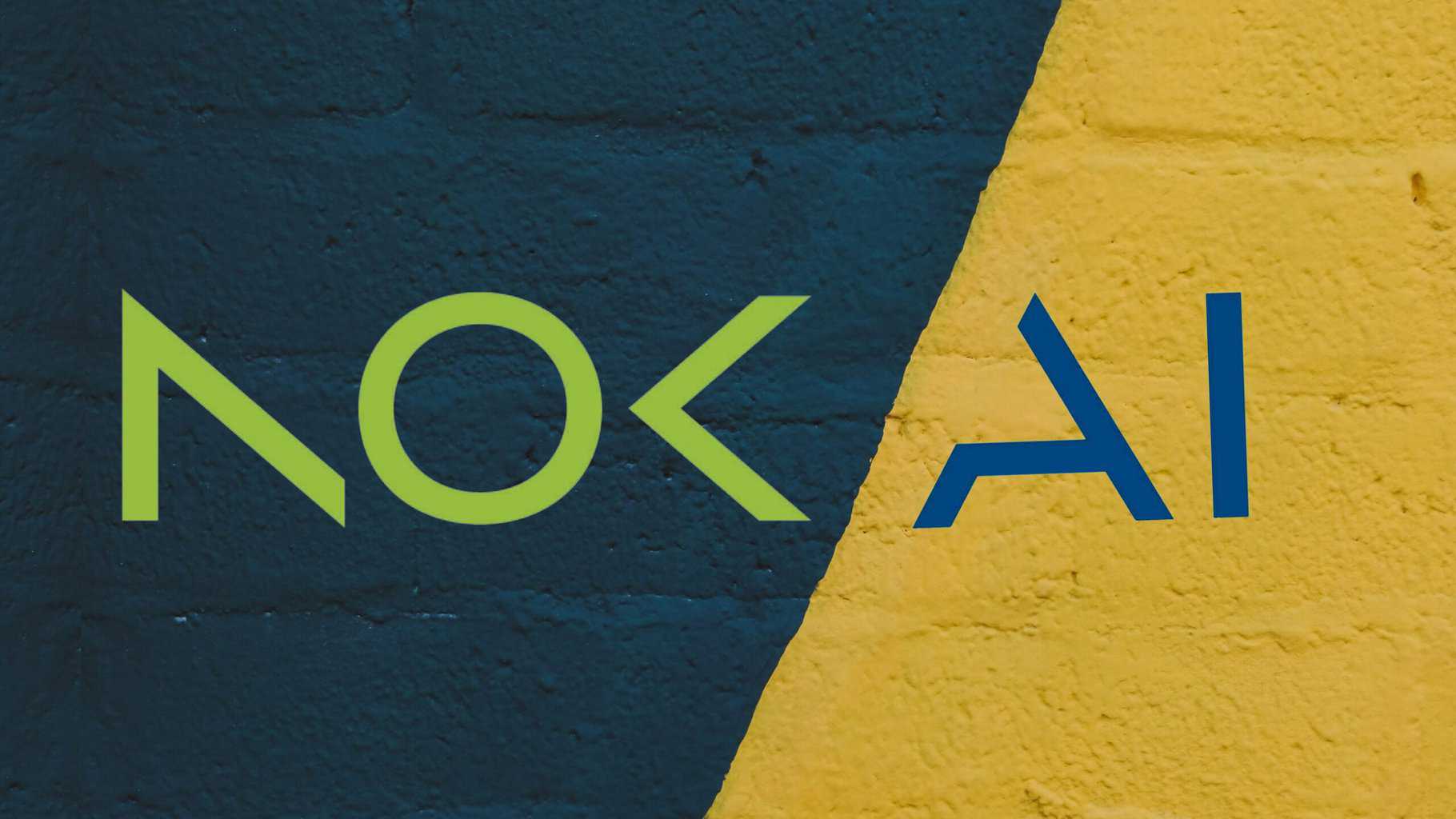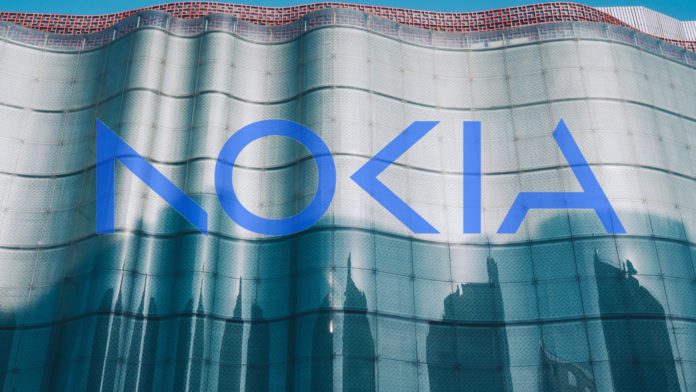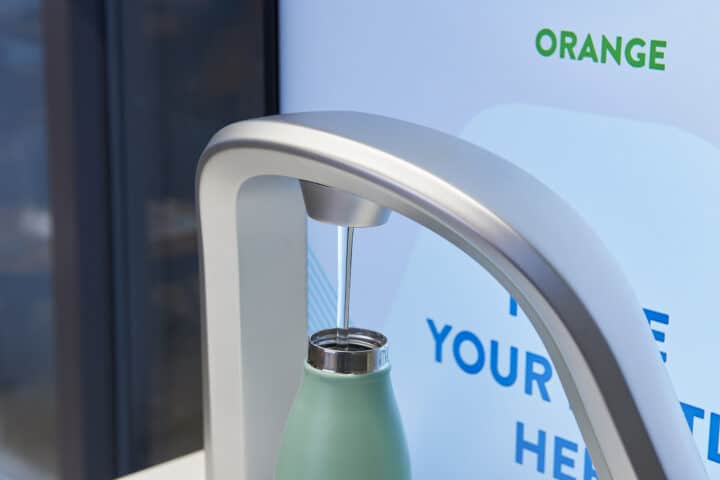Nokia, a leading innovator in Industry 4.0 solutions, has unveiled groundbreaking advancements at Hannover Messe, Germany, demonstrating its commitment to revolutionizing smart city infrastructure. The introduction of their ‘micro-edge’ compute solution, MX Grid, alongside their cutting-edge video AI technology, signifies a pivotal shift in how IoT sensors and connected devices operate within urban environments. By enabling on-premise hyperconnected AI/ML processing, Nokia’s MX Grid platform empowers businesses to deploy mission-critical applications with unprecedented efficiency and reliability.In collaboration with their MXIE industrial edge and private wireless DAC propositions, Nokia’s solutions facilitate low-latency AI/ML applications, ensuring optimal performance even in the most demanding industrial settings. Moreover, the integration of MX Boost further enhances network throughput and reliability, cementing Nokia’s position as a leader in decentralized AI processing.The VPOD application, leveraging edge AI and high-accuracy positioning technology, exemplifies Nokia’s commitment to enhancing worker safety and operational efficiency. With a focus on privacy and compliance, Nokia’s solutions pave the way for seamless digitalization across various industries, including manufacturing, logistics, ports, mining, utilities, and airports.Partnering with Nokia assures businesses of a streamlined digital transformation journey, backed by decades of expertise and a proven track record in delivering innovative communication solutions. As echoed by industry experts, including Rockwell Automation, Nokia’s pre-tested and pre-integrated segment solutions offer a strategic roadmap for achieving tangible benefits and ROI in smart city initiatives.

Nokia Unveils MX Grid: Micro-Edge Computing Solution Empowering Industrial AI/ML Workloads in Smart Manufacturing
Hannover Messe, Germany: Nokia has introduced a new ‘micro-edge ’ computing solution to process industrial AI/ML workloads on or adjacent to IoT sensor devices attached to private LTE/5G networks, and also to enterprise Wi-Fi networks. It has also developed a novel video AI solution for positioning and asset tracking in Industry 4. 0 sites, plus a couple of blueprint-guides to help manufacturing and logistics companies get their business edge-5G projects going.
The new far-edge computing solution, called MX Grid, is part of the Scandinavian firm’s broader Industry 4. Nokia ONE ( or “one” ), a platform known as the “one,” is intended to operate with its MXIE industrial edge and private wireless DAC propositions. 0 workloads next to its DAC core network, the new solution enables computing functions to operate either on industrial devices themselves, or else on a “pool of orchestrated computing capable field devices ” ( ‘micro-edges’ ) sitting between the machines / sensors and the MXIE edge-server.
Nokia’s MX Grid: Revolutionizing On-Premise Hyperconnected AI/ML Processing for Industrial IoT
In the latter scenario, it enables low-latency AI/ML apps to run close to lineage OT machines. It is compatible with another MX/ONE tool from Nokia’s growing MX/ONE tool for Industry 4. Nokia Bell Labs ‘ MX Boost, a performance booster that plugs into the MXIE platform and gives businesses a control window to combine radio links or switch between technologies to increase throughput and reliability ( ‘determinism’ ), which can be achieved by combining radio links or switching between technologies for the strongest network performance.
Nokia explained in a statement: “Today most AI/ML assets run in cloud environments. Nokia introduced OT cooperative AI/ML processing capabilities with MXIE, but MX Grid brings this capability even more directly to the OT data source. Using a professional, AI-capable software stack, MX Grid makes use of a pool of organized compute-capable field devices. These micro-edges are connected using MX Boost and/or trusted Wi-Fi through private cellular networks. ”
The company called it “the world’s first on-premise hyperconnected [and ] decentralized AI/ML processing platform”. It said the solution enables a “more successful implementation of a wide range of mission- and life-critical industrial applications, including predicted maintenance, security and surveillance, worker safety, tracking and positioning, and quality assurance”. For quality control and worker safety, Nokia provided a few instructive examples.
Empowering Artificial Decision-Making: Nokia’s MX Grid and VPOD Innovations for Smart Industrial Environments
The goal is to make Artificial decisions more quickly in both cases by bringing the computing closer to the action. the micro-edge application analyzes data and initiates an “immediate action ” closer to the source, or it can take control of the MXIE peer application so that it can conduct a deeper analysis of the data for a “corrective action ” right away. “This results in improved latency and optimized network load … or improved worker safety and contextual awareness”, said Nokia, according to the use case.
Nokia has also introduced a visual position and object detection (VPOD ) app on its MXIE platform, which works for connected workers ( as above ) with the MX Grid architecture. On secret LTE/5G, edge AI is used to analyze camera feeds for asset tracking. positional data can be collected via Nokia’s own Bluetooth-based high-accuracy indoor positioning ( HAIP), or from and third-party tracking and positioning solutions running on MXIE, such as HERE HD GNSS or Nordic ID.
The VPOD solution also utilizes patented Bell Labs technology. It processes data within the customer’s closed secret edge-network, to ensure compliance with privacy and security regulations. The Nokia VPOD solution does not employ facial recognition software. Its output will also be utilized in Nokia’s fresh conceptual AI business assistant, MX Workmate, to bring more insight, said Nokia.

Driving Industrial Digitalization: Nokia’s MX Grid and VPOD Solutions at the Forefront of Edge Computing Innovation
According to the company, it is frequently challenging for people to wear and maintain equipment and tools in complex industrial settings ( because of battery changes, faulty units, and so on ). Another source of business cultural awareness data is provided by VPOD, which is made available via APIs, for instance for use by third-party applications running on the MXIE on-premises edge computing platform. ”
Nokia mentioned in a press release that Omdia’s analysis showed that data pre-processing is growing at the professional edge, on or near OT devices. OMDia forecasts growth of 11. 3 percent for data processing in merged professional edge setups through 2027. Omdia suggested “connected edge nodes… are the real enablers of professional digitalization”, and also that the MX Grid solution is a “transformative distributed AI/ML processing platform”.
Nokia stated: “Newly connected nodes with converged functionalities … [are ] driving industrial digitalization and IT/OT convergence”. Stephan Litjens, vice president of enterprise campus edge solutions at Nokia, said: “Lower latency and improved responsiveness … is imperative [for Industry 4. 0]. ” He said of the VPOD solution: “Nokia VPOD … is the first solution to make [real-time positioning ] possible at scale through patented algorithms and full lifecycle management. ”
Accelerating Digital Transformation Across Industries with Pre-Tested Strategies and Integrated Solutions
Nevertheless, Nokia has also announced new “pre-tested and pre-integrated segment solutions”, like blueprints, for manufacturing and logistics, covering strategy, applications, and investments. It has now produced the same for ports, mining companies, utilities, and airports. The idea draws on Nokia’s considerable experience gained from more than 30 years of providing crucial communications solutions and system integration for enterprise online transformations, according to the statement. ”
It re-stated and updated that it had used personal networks for 730+ customers and provided a quote from US commercial heavyweight Rockwell Automation to support the assertions. Matt He, international product manager for mobile and professional IoT at Rockwell, said: “Embarking on the digitalization journey can be a daunting prospect. To be able to quantify the benefits of your original projects and understand your application requirements, you must first get started with first projects. ”
Working with a reputable vendor like Nokia is essential, he continued, noting that gaining management approval is the second step. It is crucial to create a roadmap that explains how important operations are kept up throughout the transformation as well as how to achieve benefit or ROI. Implementation risk reduction and company guidance can be avoided by using a pre-tested and pre-integrated Nokia solution. ”










